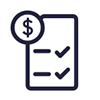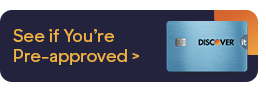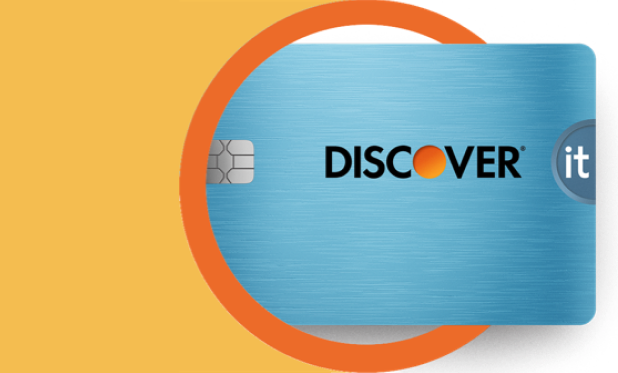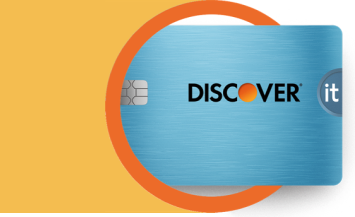Key Takeaways
-
Credit card skimmers are devices that scammers attach to card readers to steal your credit card information.
-
In addition to looking out for skimmers, you should regularly monitor your card statements and credit report to catch any suspicious activity.
-
If you think a thief has skimmed your card, contact your financial institution immediately.
Credit cards are more popular than ever for several reasons, including the security they provide. Thanks to technology, credit card transactions have become more secure over the years. But technology has also allowed scammers to create new ways to steal your personal information. One of the methods that thieves use to get this information is credit card skimming.
Credit card skimming is a method of illegally obtaining credit card or debit card information from ATMs, gas stations, or point-of-sale (POS) terminals. The FBI reports that credit card skimming results in more than $1 billion being stolen from financial institutions and their customers every year.
What is credit card skimming?
Using your credit card at a POS terminal, fuel pump, or ATM requires you to tap or insert your card into the machine.
Credit card skimming involves attaching a device to a credit card reader at an ATM, gas station, or payment terminal. When someone uses their card where there is a skimming device, the skimmer can steal card information such as the credit card number, PIN code, CVV code, and card expiration date.
ATMs and gas stations are frequent targets for skimmers. Though, it's also possible for payment terminals at retail stores, restaurants, and similar establishments to be targets of skimming. You may also find skimmers at vending machines, self-checkout kiosks, and ticket machines at train stations. Scammers use the data they gather to make purchases or create fake payment cards.
See if you're pre-approved
With no harm to your credit score1
How does a credit card skimmer work?
A thief will attach a credit card skimmer to card readers at ATMs, gas stations, or retail card terminals. Skimmers mount directly over the existing card scanner. When you scan your card, the skimmer will steal your card information. At ATMs, tiny cameras or keypad overlays enable scammers to steal your PIN.
The skimmer can read the magnetic stripe on the credit card and store it. The skimmer may gather data for days or weeks before the scammer returns to collect the information. Criminals may also use Bluetooth-enabled devices that send stolen information directly to their phones or computer.
As credit card technology has evolved, scammers have devised new ways to steal and misuse card information. You may already know that many credit cards now use EMV chips to protect users from the security vulnerabilities of magnetic strip payments. However, fraudsters have developed newer devices to steal information from chip cards. This is credit card shimming, and it follows the same premise.
Shimmers steal card data using the card’s chip. In this case, fraudsters insert an ultra-thin device called a "shim" that has a microchip and flash storage into card reader slots that accept chip cards. The shim transfers the card info from your credit card to the device.
Scammers may use the stolen data to create fake credit cards. The scammer then uses the fake card to make purchases or withdrawals from the actual card’s account.
How can you identify a credit card skimmer?
To identify a credit card skimmer, it’s important to know what to look for. ATM skimmers usually look similar to the ATM's scanner, so it can be difficult to identify one unless you know what to look for.
It may not be apparent at first glance, so here are some common tips to help you spot a skimmer.
- Closely examine the card scanner you're using. Look for alignment issues, such as a card reader that sticks out at an odd angle.
- Compare the card reader to a neighboring ATM or gas pump and look for any differences.
- Feel the reader and try to shift it to see if it slips off the ATM easily.
- At gas pumps, you should be able to see a strip of security tape near the reader. If there is a break in the seal, it could be a sign that scanner is at risk.
- Be wary of unusual keypads, too. For instance, if the buttons on an ATM are too hard to push, uneven, loose, or soft to touch, avoid the machine.
The skimmers at a retail counter (POS) are tougher to identify, especially when you hand your card to an employee to tap. If possible, look closely at the card reader to see if anything seems off. Skimmers often blend in and can be tough to spot, even for trained law enforcement officers. But there are other steps you can take to avoid skimming.
How can you avoid credit card skimming?
The first step to preventing skimming is to be aware and careful. Observation and caution go a long way. If you have any doubts about the machine you’re about to use, don’t use it. If using your card is necessary, consider these options from the NYPD.
Be mindful of using an ATM in a tourist area
Remember that tourist areas are popular targets for thieves because of the high traffic. Additionally, you might find your focus is on taking in the new sights and not watching your surroundings. Be extra vigilant when using your card in such spots. If an ATM requires you to tap, swipe or insert your card in the entrance door for entry, carefully examine the door slot, too.
Inspect the card reader before using it
Tug or wiggle card readers to see if they feel loose. Look for irregularities in alignment, cut-off text or arrows, and readers that stick out from the machine. Be mindful of odd keypads with keys that feel unusually soft or hard to push down.
Cover the keypad when entering your PIN
First, check for small cameras near ATM keypads. Whether or not you find one, it’s crucial to make sure your PIN (or other personal information like your zip code) isn’t easy for anyone nearby or hidden cameras to spot. Always cover the keypad when entering your PIN or other details.
Check your statements regularly to track any unusual activity
Unfortunately, since skimmers are tricky to find, there’s no guarantee that you’ll never fall prey to a scam. That’s why it’s essential to track your credit card activity and ensure that there are no unauthorized transactions on your card. Regularly check your card statements and credit reports to ensure that there are no unfamiliar transactions or other suspicious activity.
Did you know?
Using a credit card is typically safer than using a debit card because many credit card companies offer some form of fraud protection. If you’re a Discover® Cardmember, you’re protected by the $0 Fraud Liability Guarantee. You’re never responsible for unauthorized purchases on your Discover Card.2
What should you do if someone skims your credit card?
If you spot unusual activity on your credit card, contact your credit card company immediately. You can inform them that you want to freeze the account and cancel your card to prevent further fraud. Your card issuer will send you a new card with a new account number..
If you’re at a location where you believe there's a credit card skimmer, don’t tamper with it in any way. Instead, contact the store manager and local law enforcement.
Credit card skimmers are tough to spot so your best defense is to be aware of the warning signs. Staying alert and cautious before using a card reader anywhere can help you, and potentially others, avoid having your credit card skimmed.







